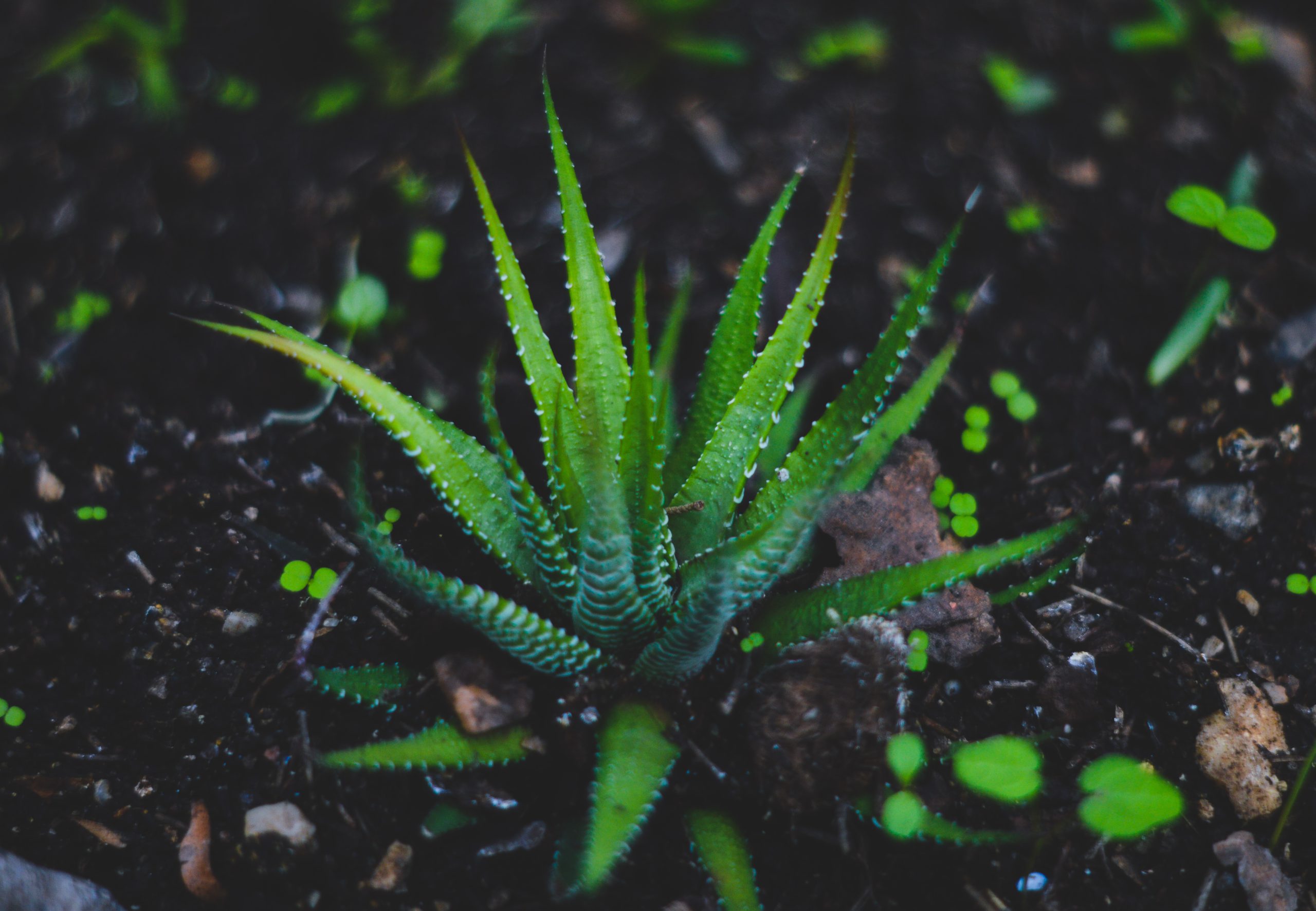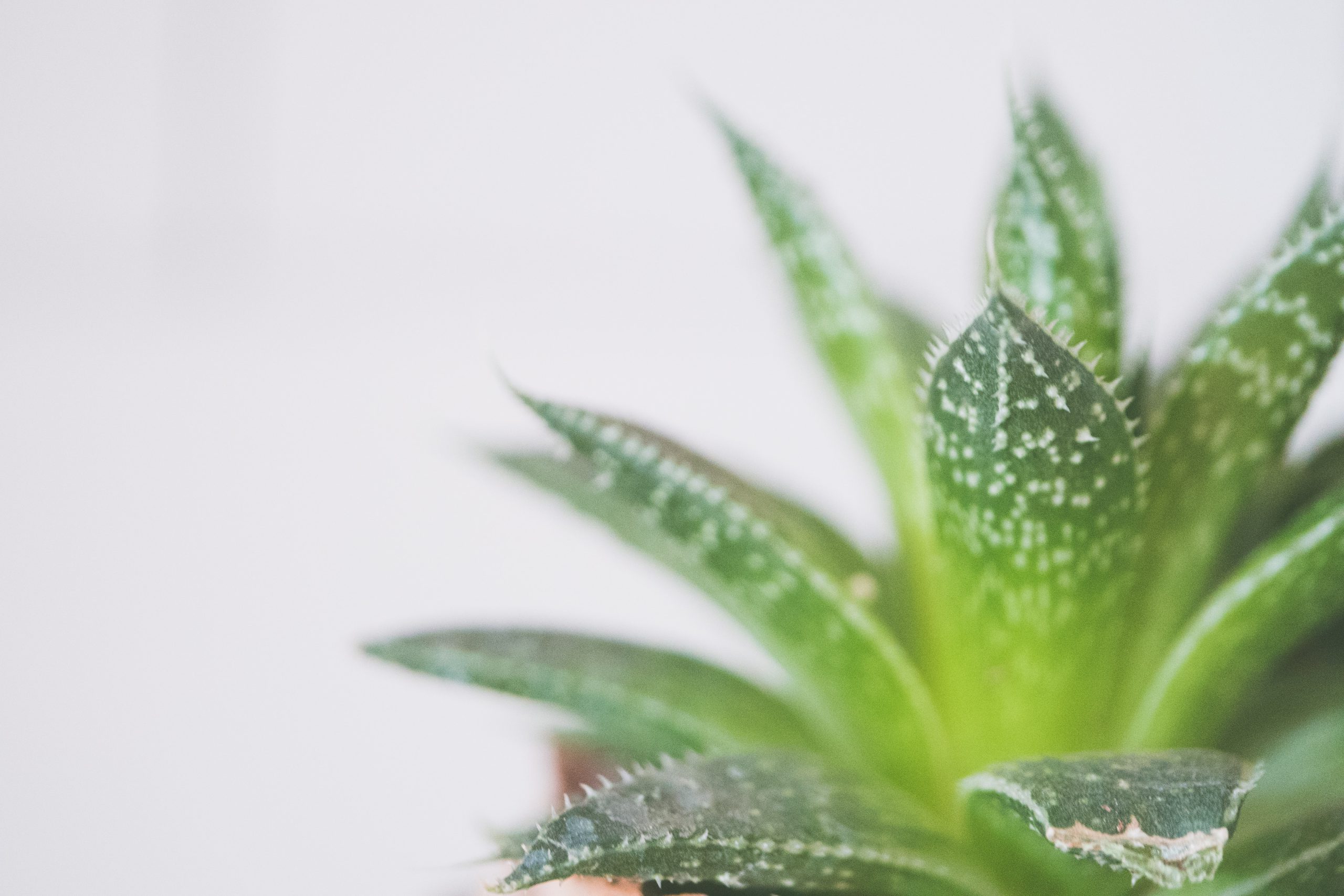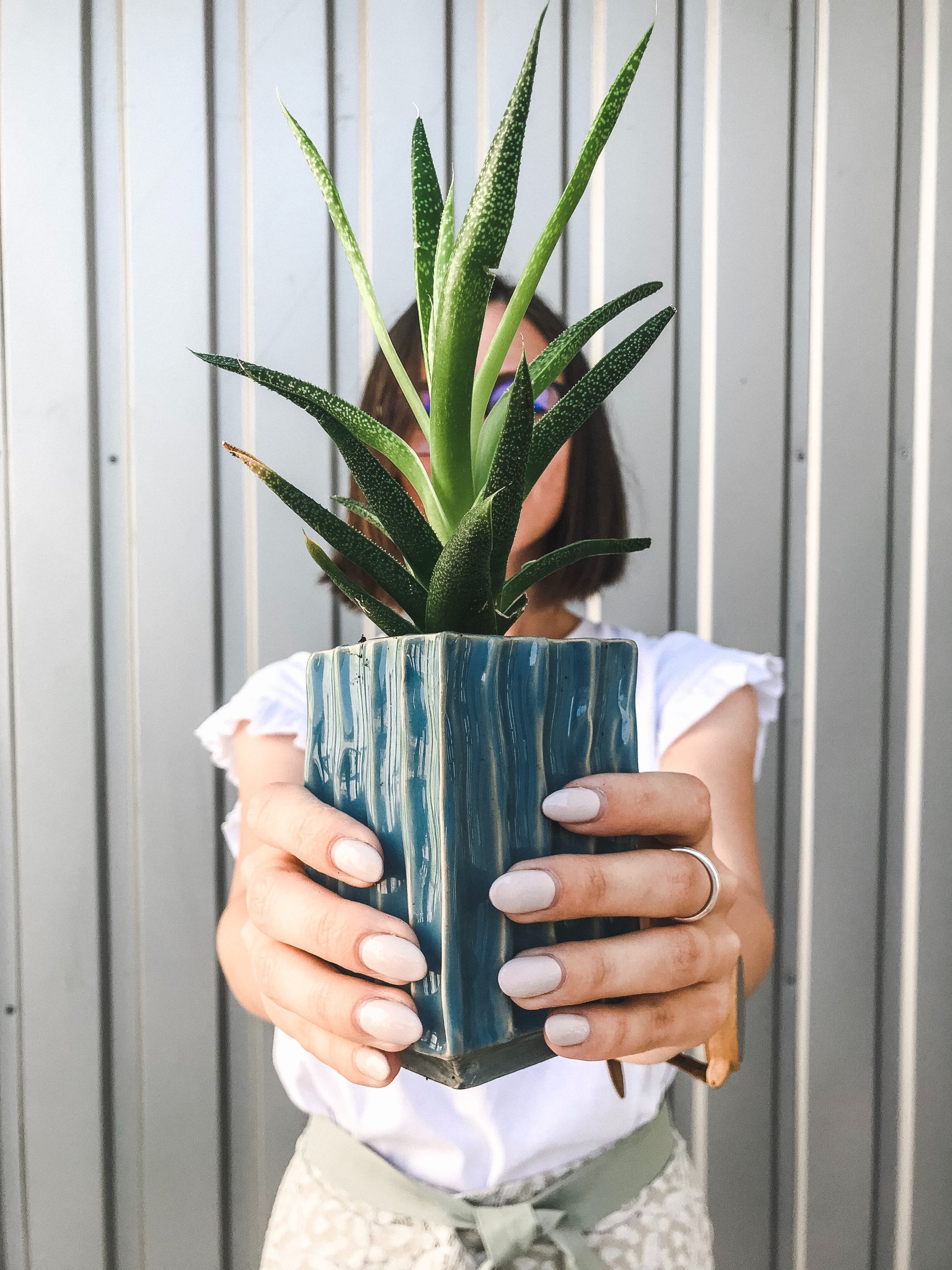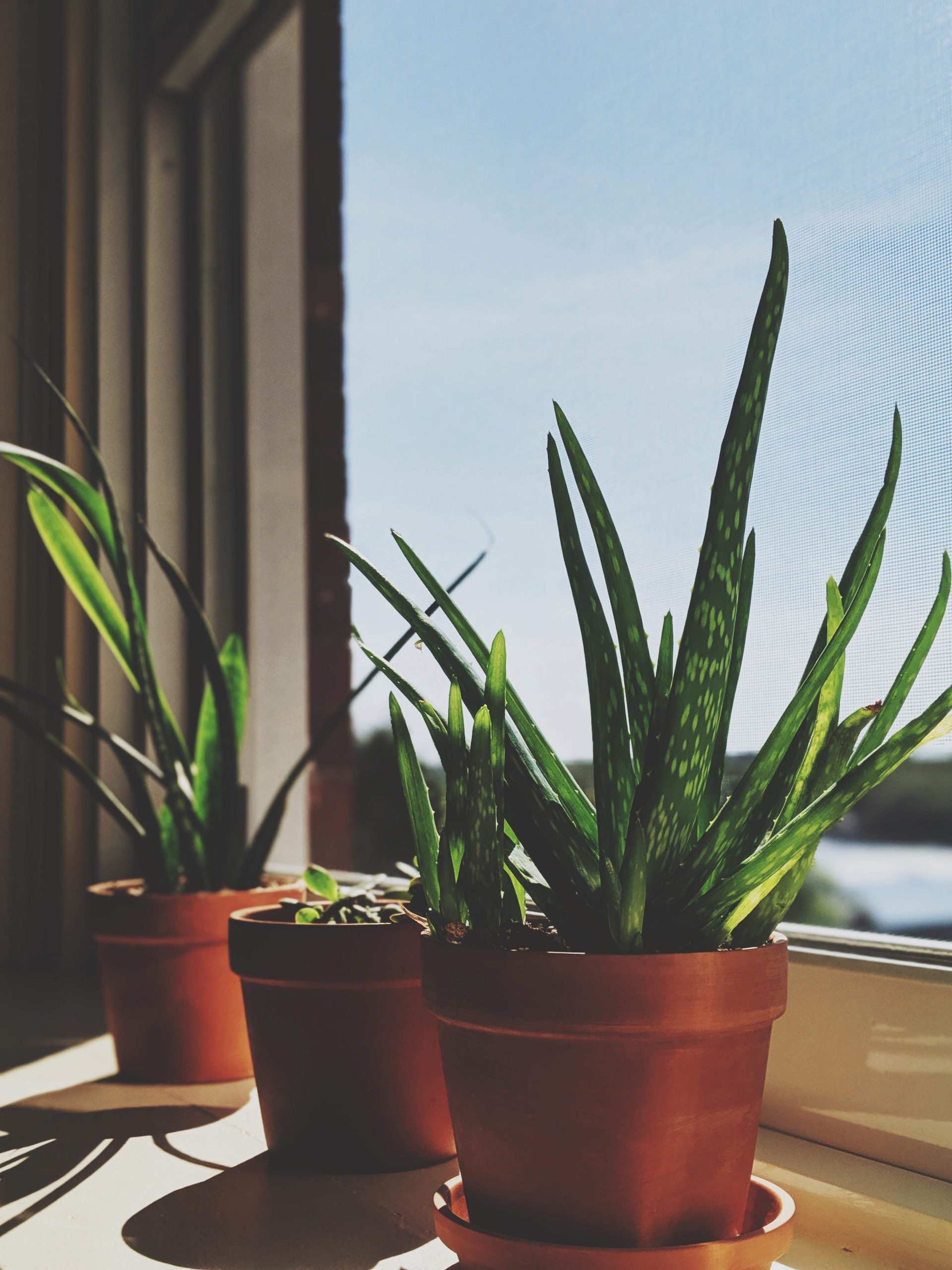All About Aloe Vera
Anyone who has had the misfortune of staying out in the sun too long in the summer understands the instant relief of aloe vera gel. It’s cool, soothing, and the fresh scent has been a staple in many first aid kits for generations. But what is this strange gel, and where exactly does it come from?
Aloe vera has been used as a medical treatment around the world for thousands of years. A tropical native, the plant has become more commonly used as a skincare item in recent years. It’s relatively easy to maintain at home and can make a great natural addition to your healthcare routine.
Meet Amphy
The largest marketplace for live
classes, connecting and enriching
humanity through knowledge.



